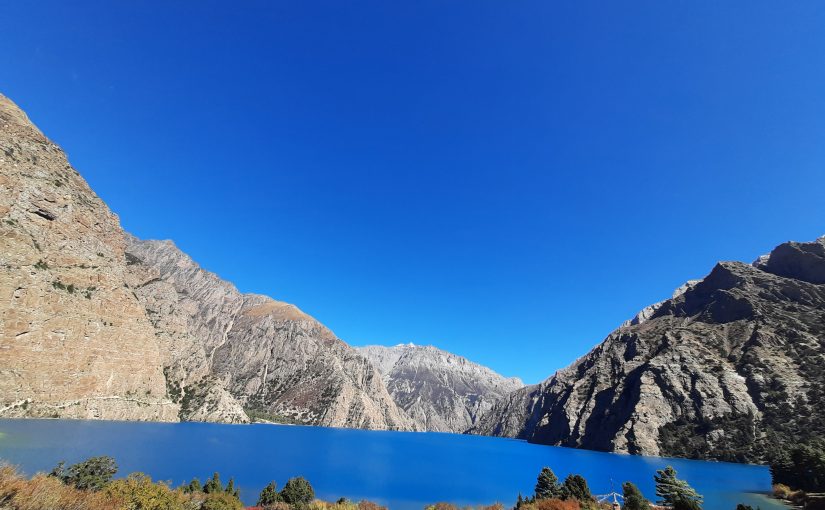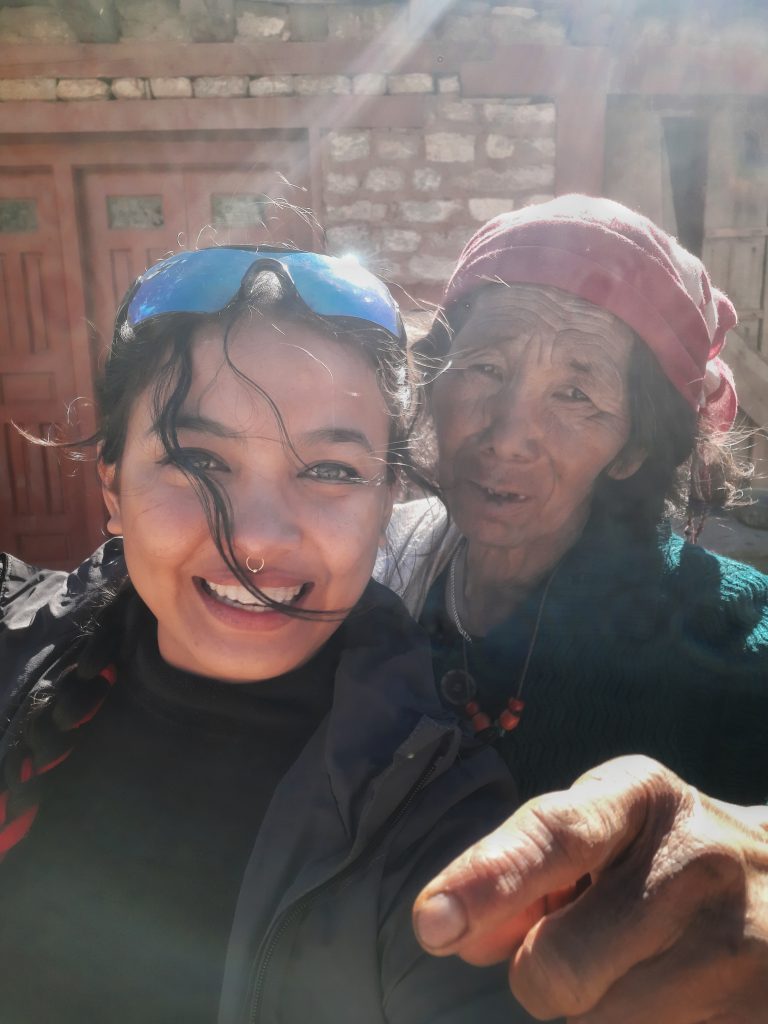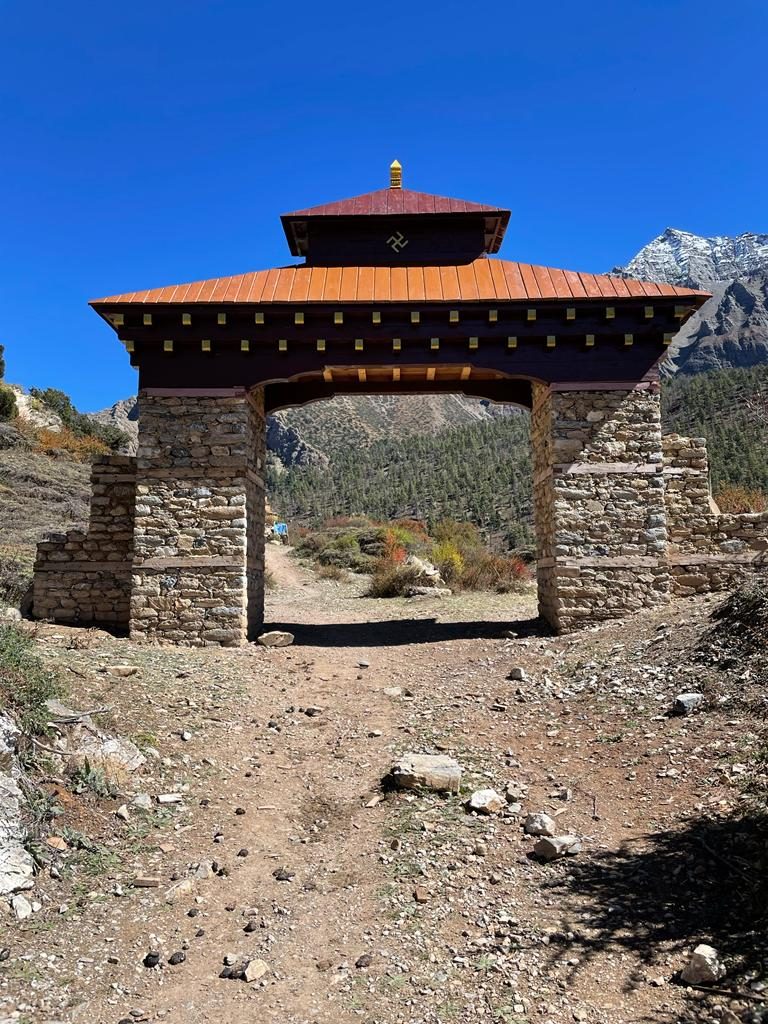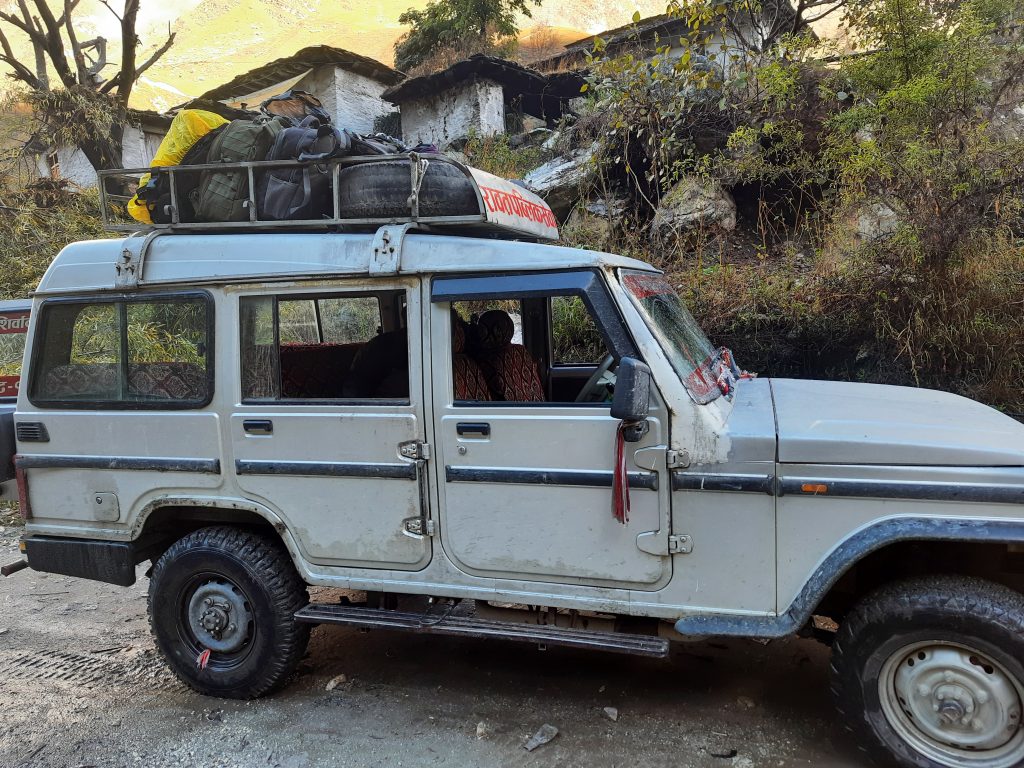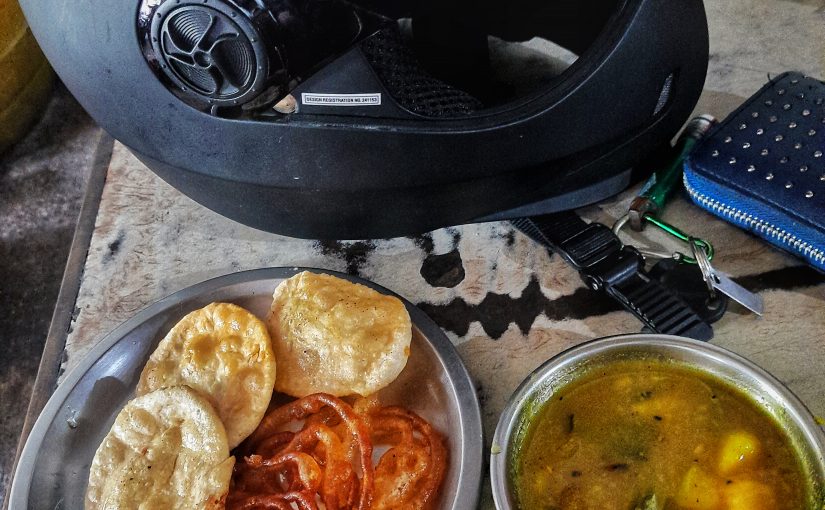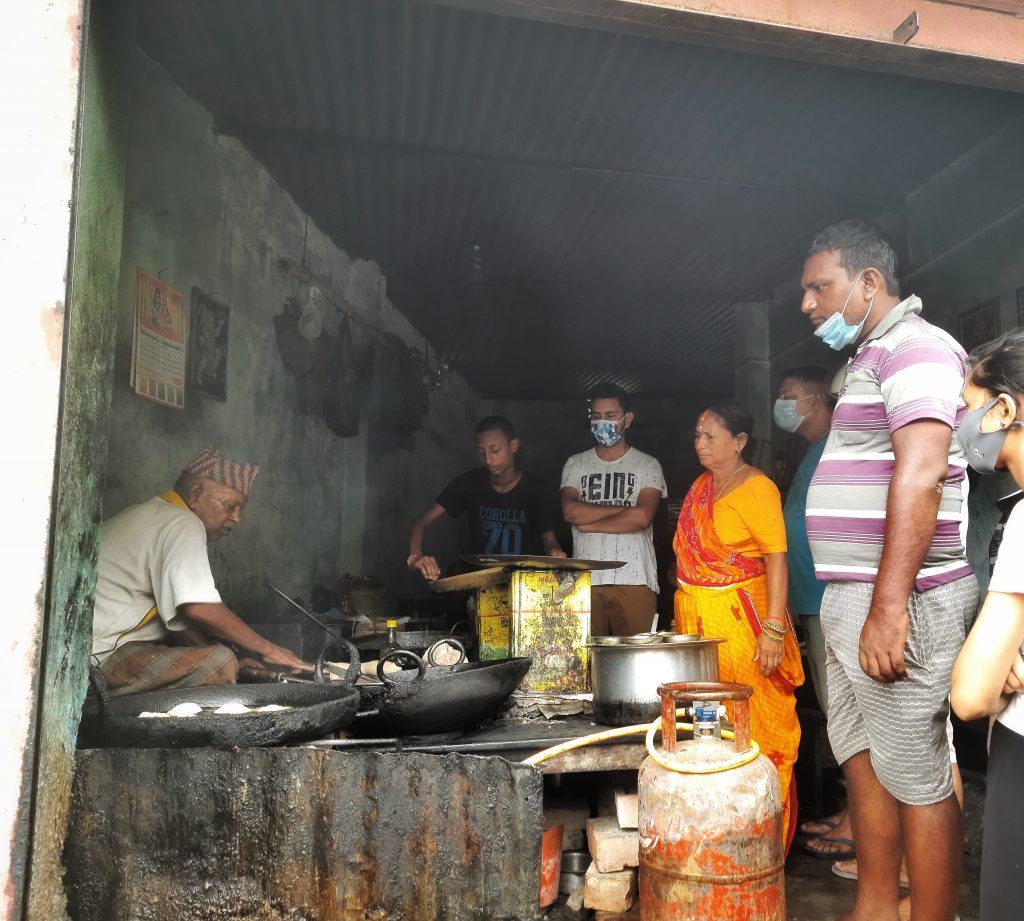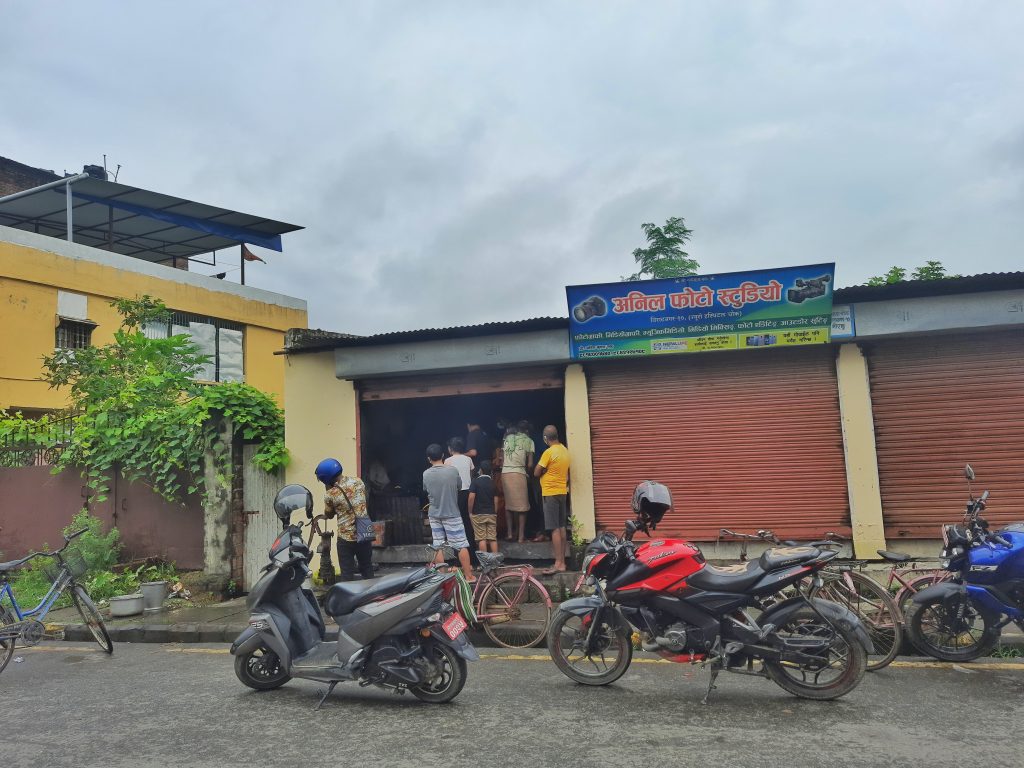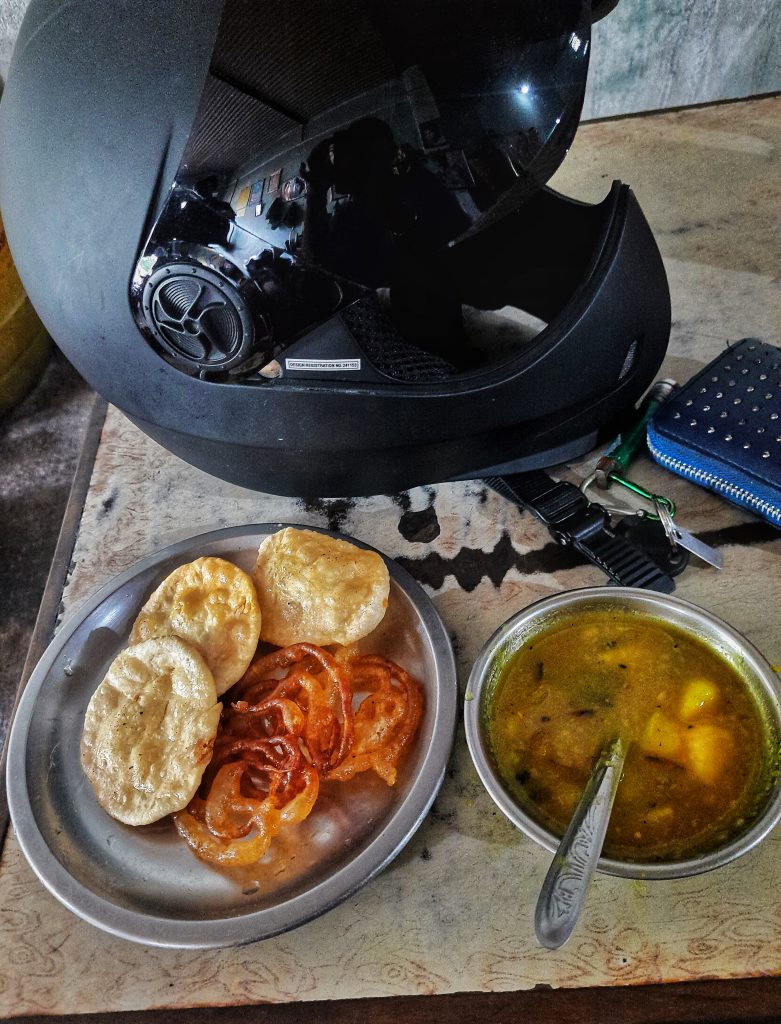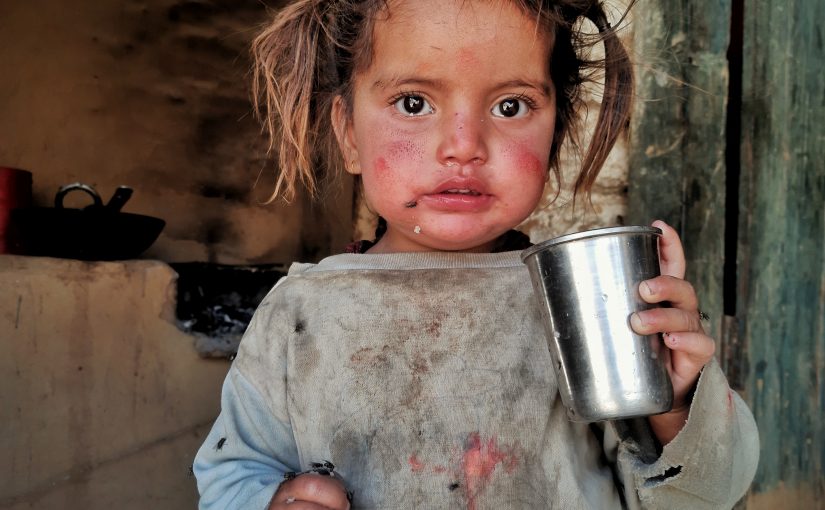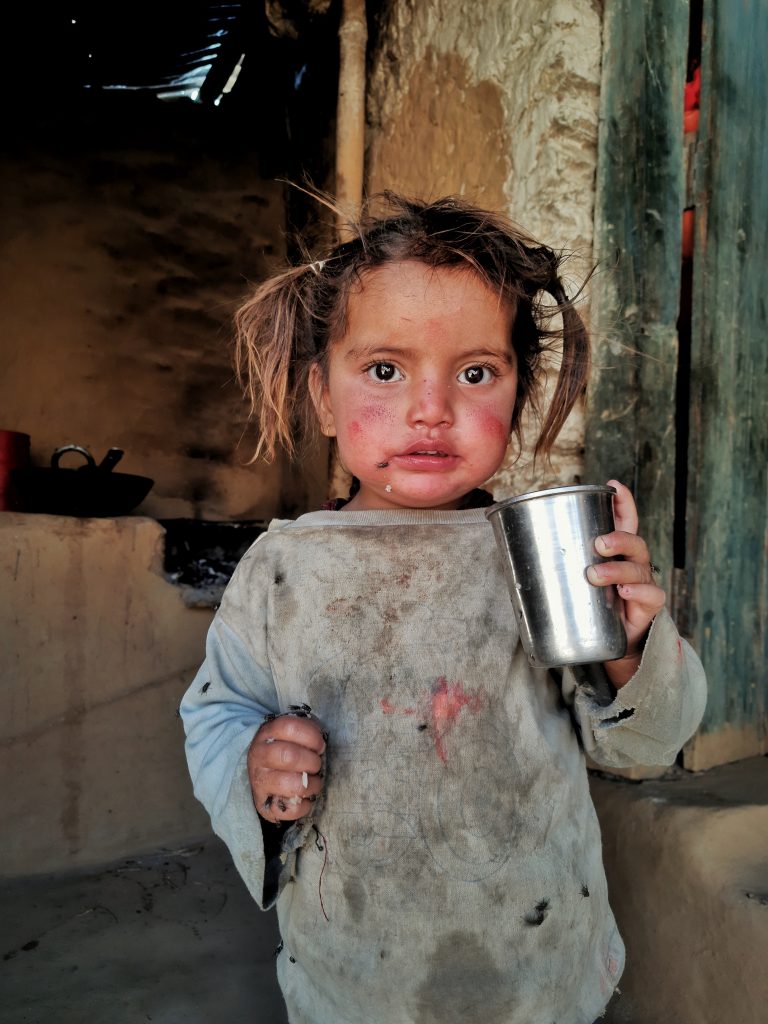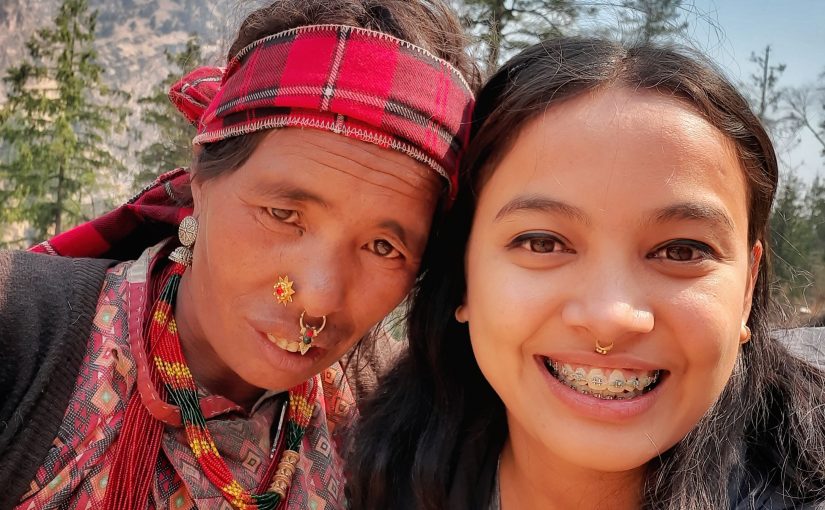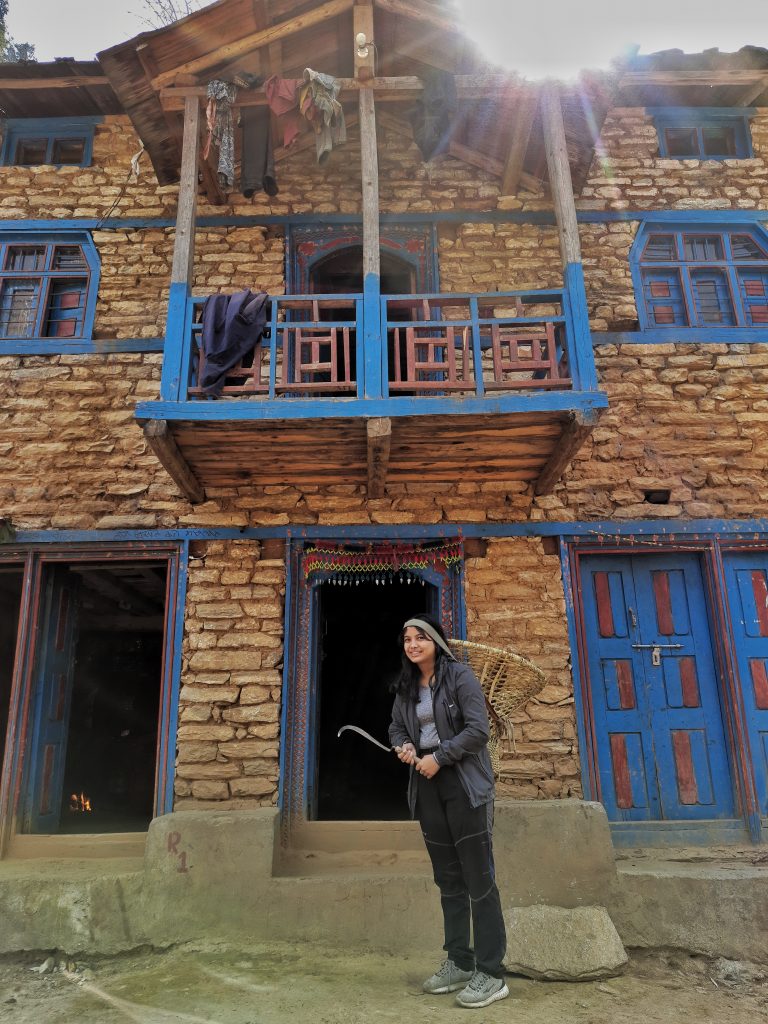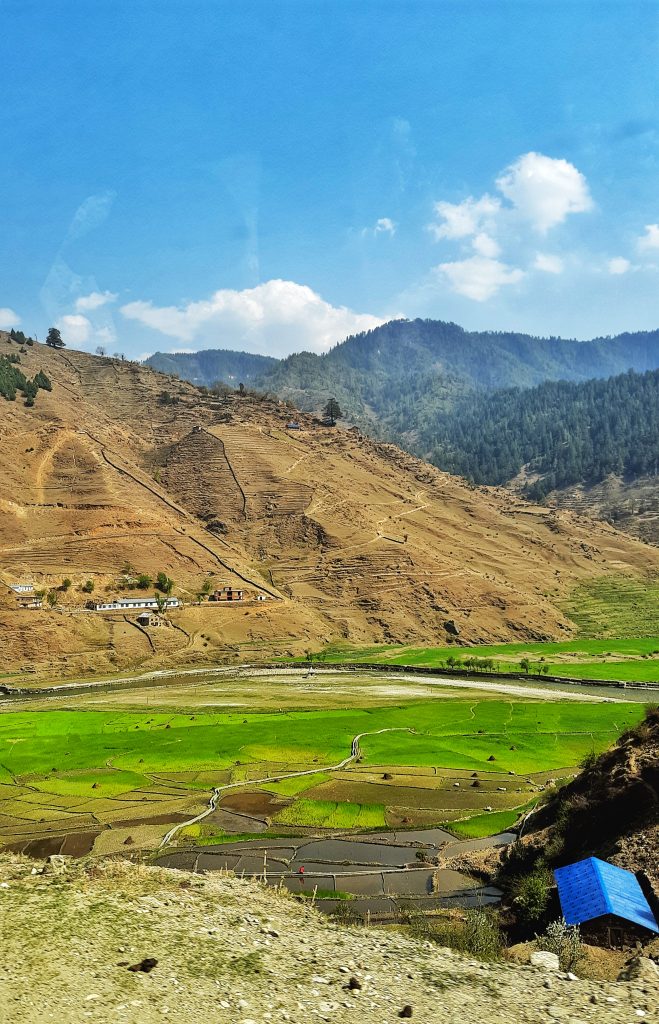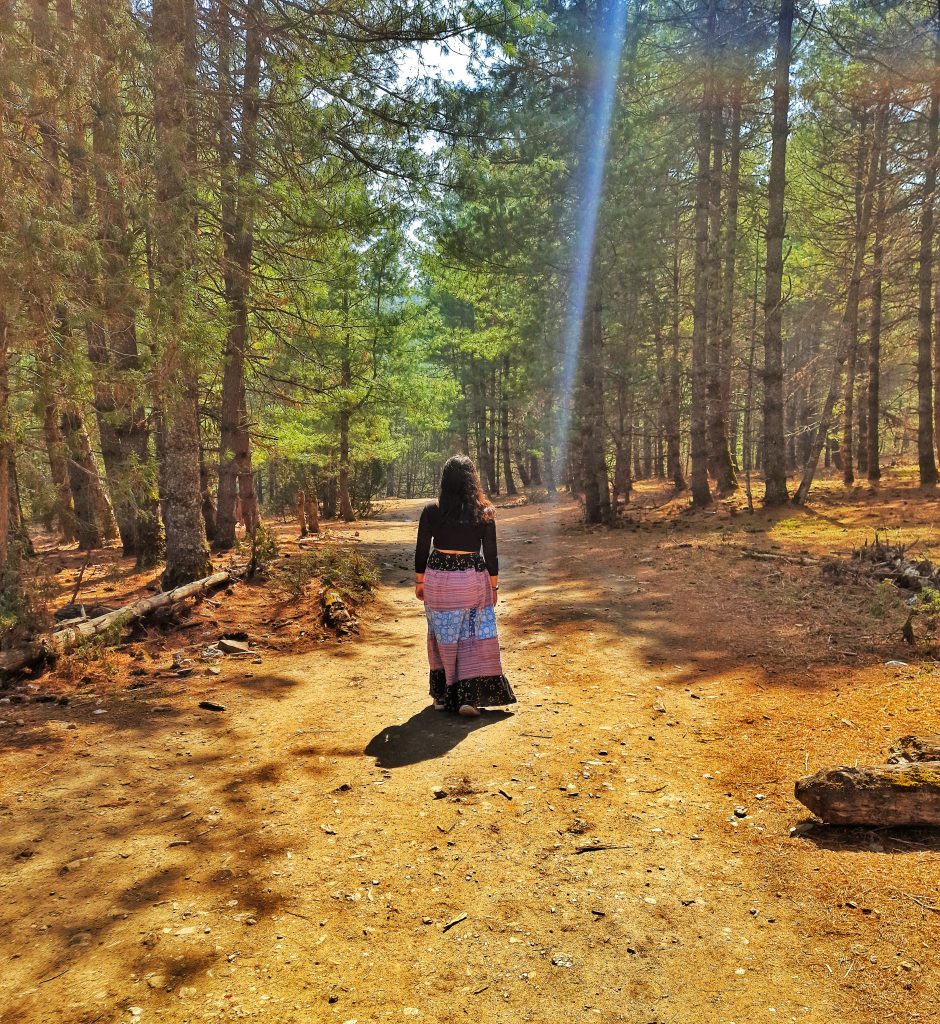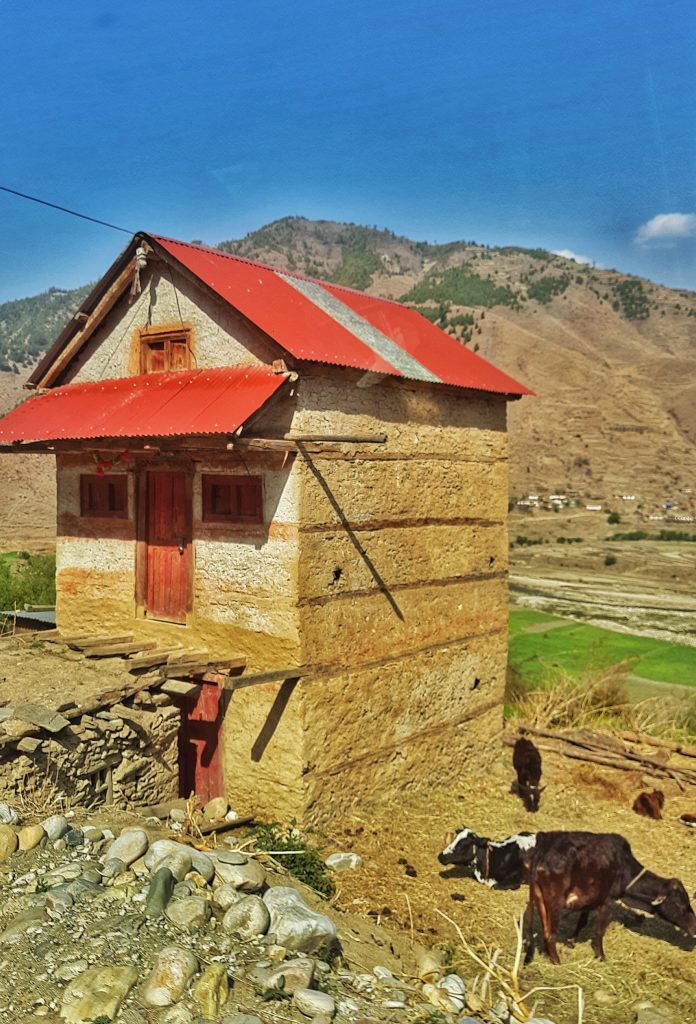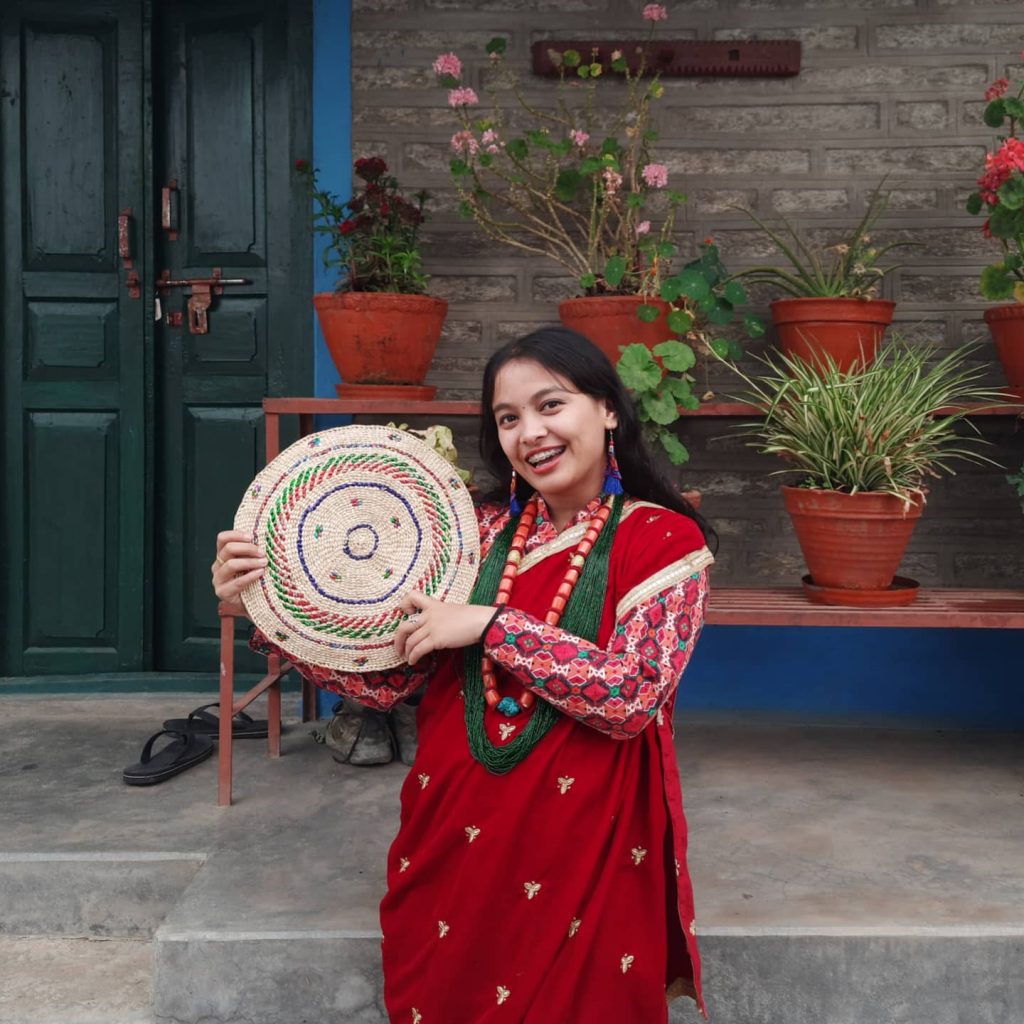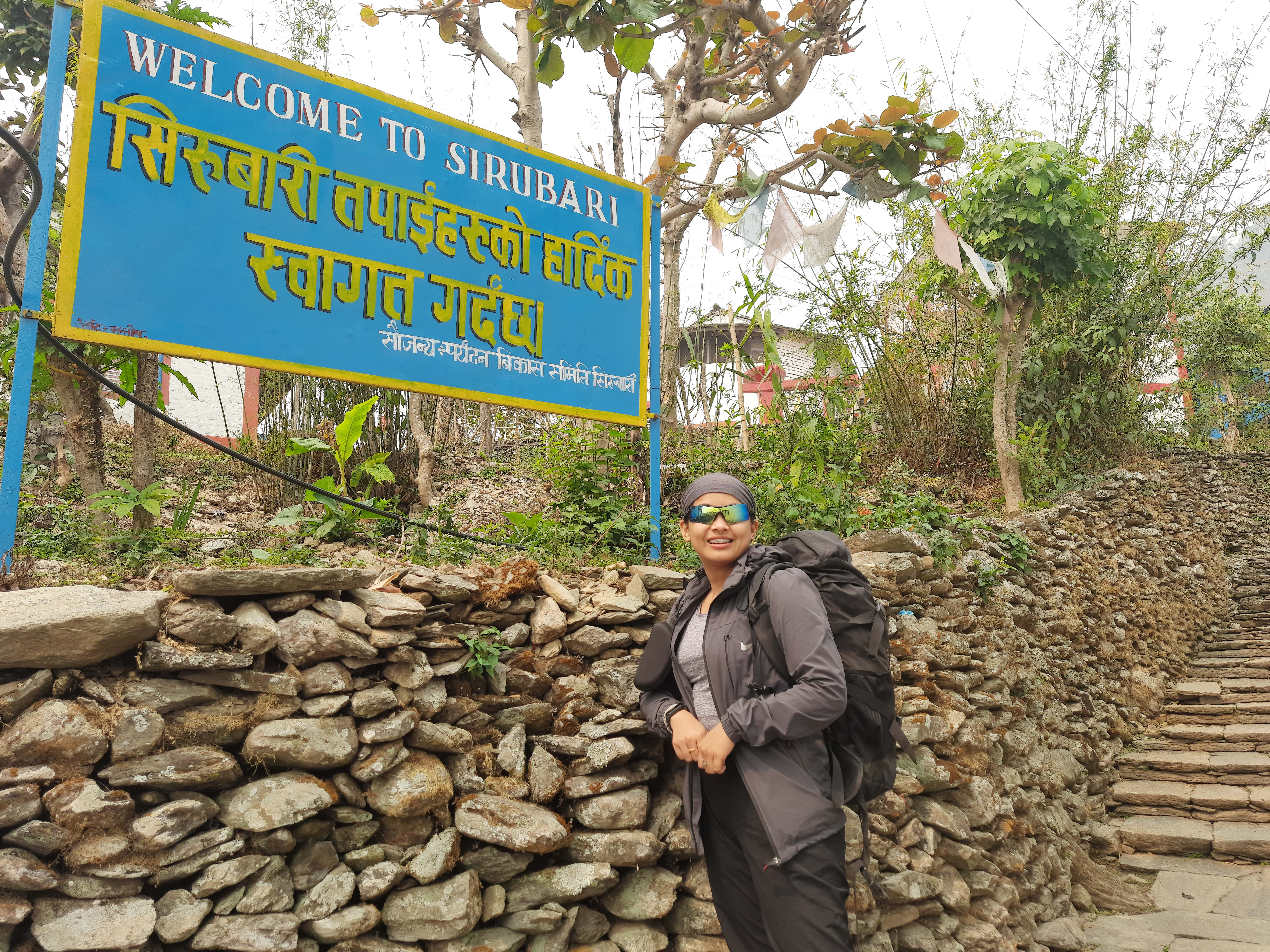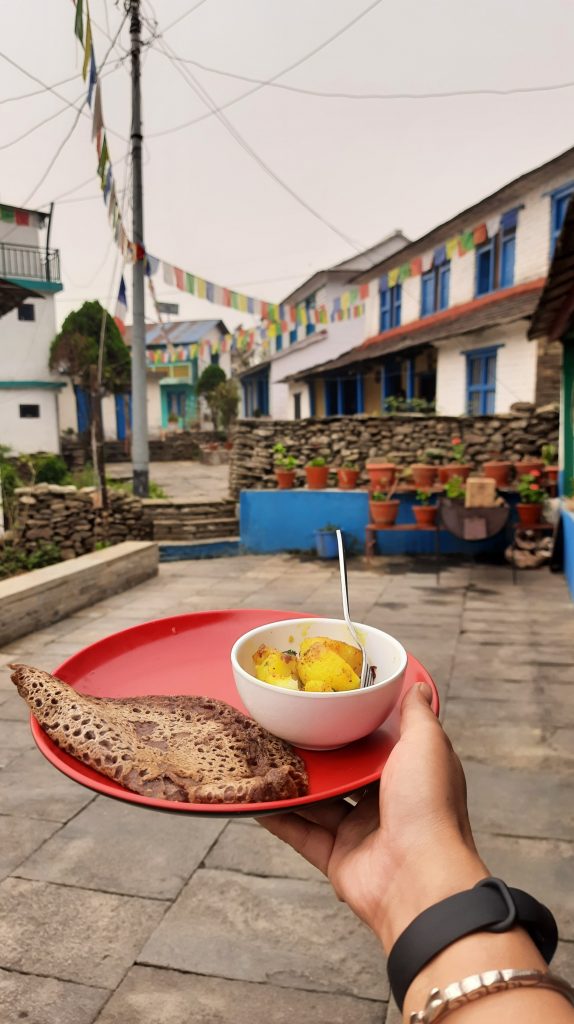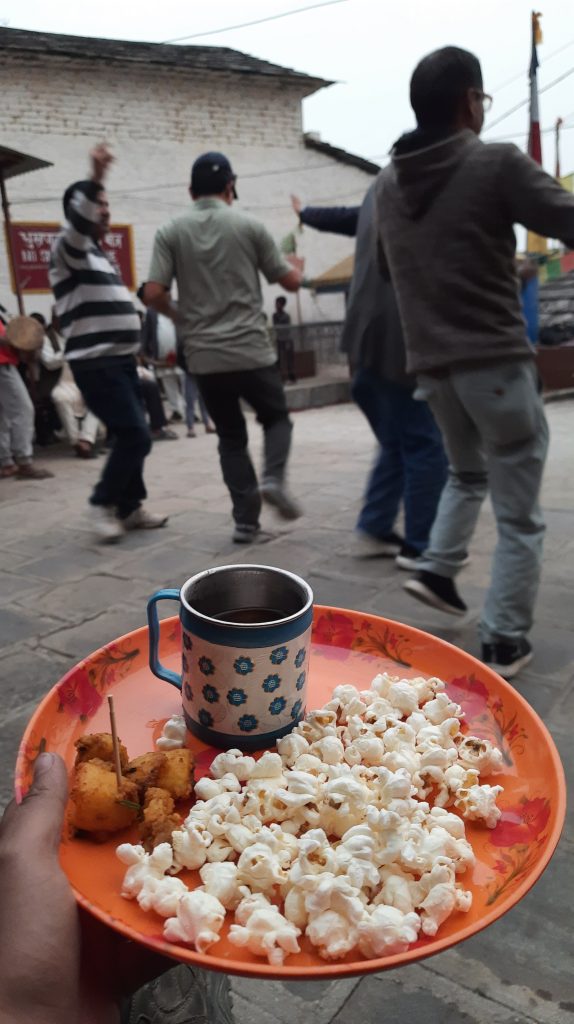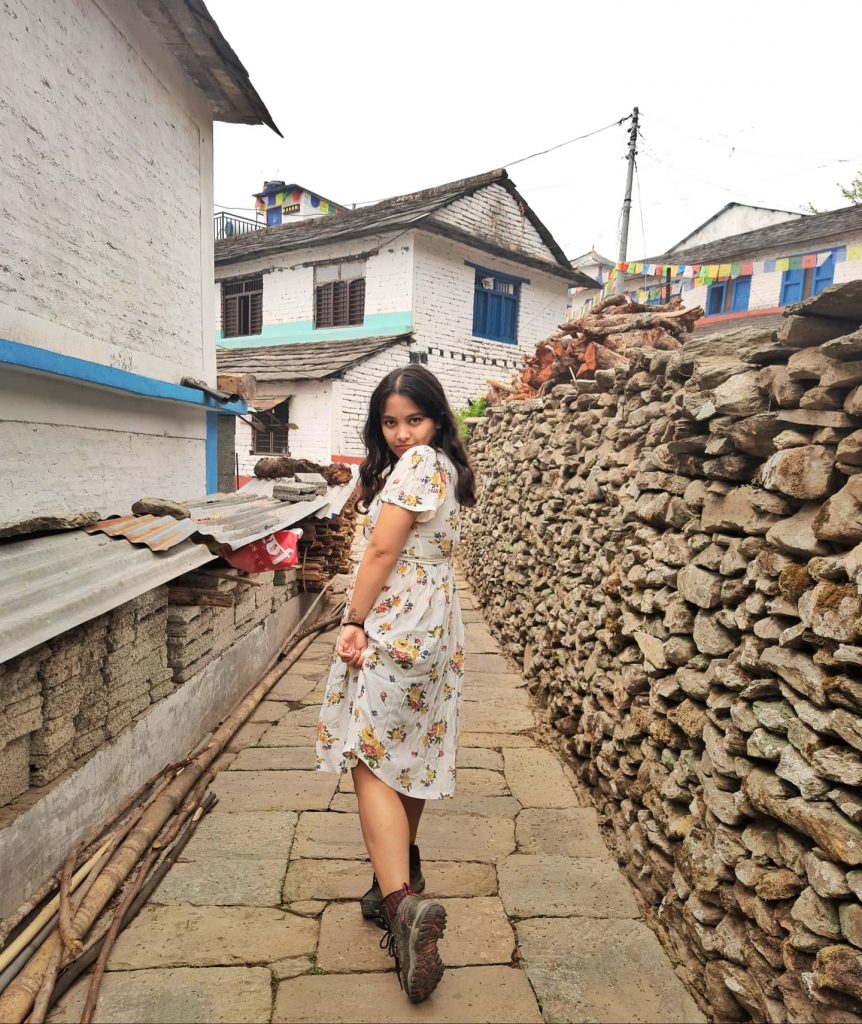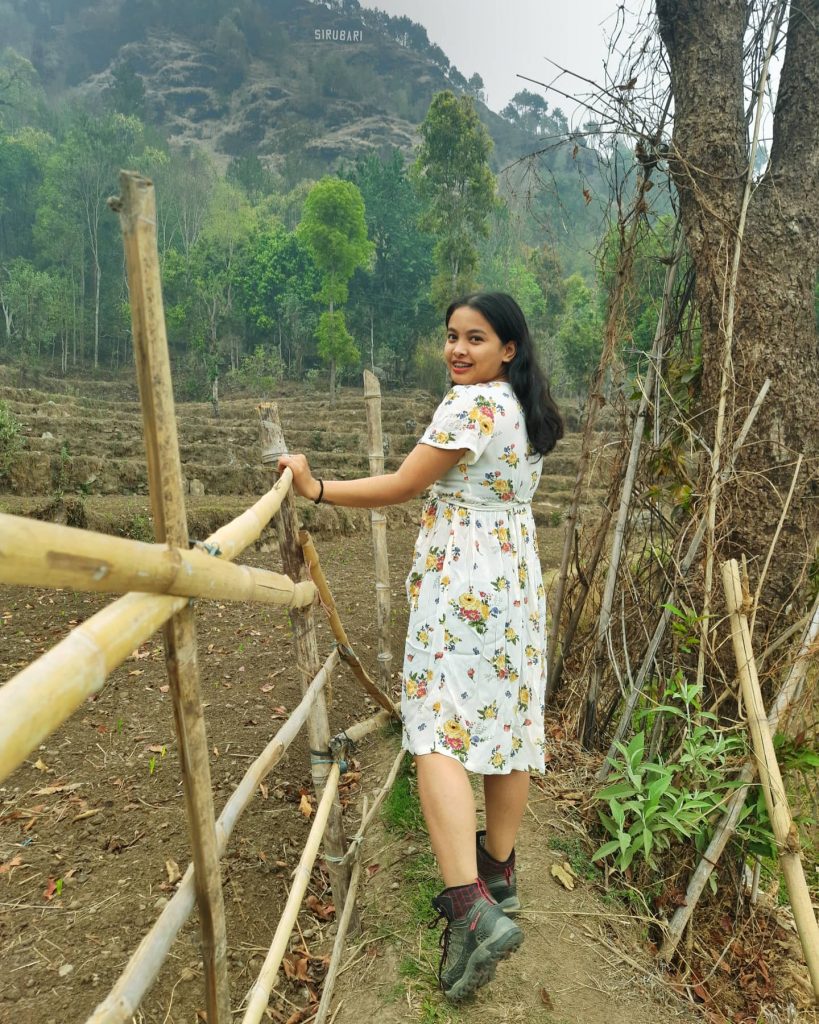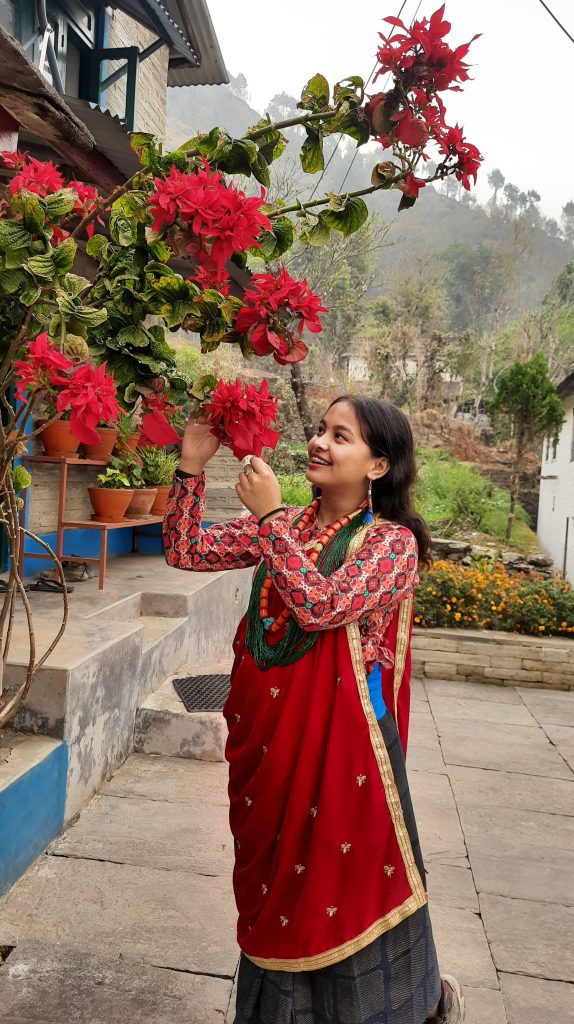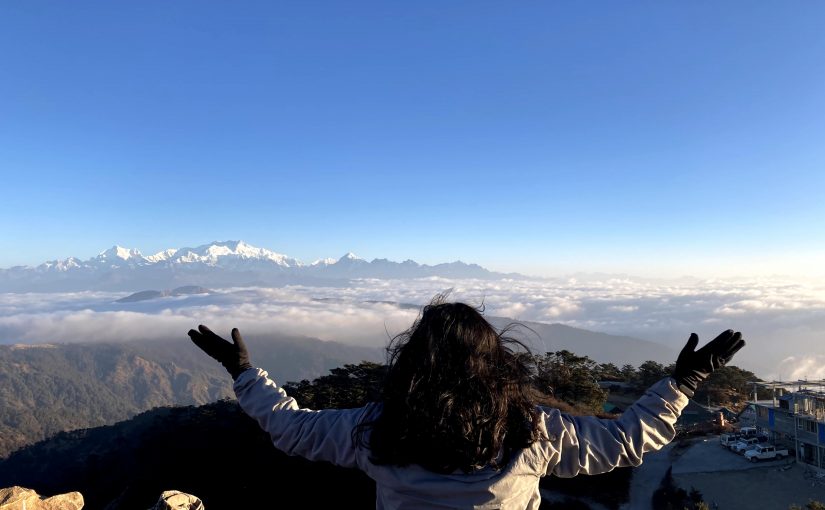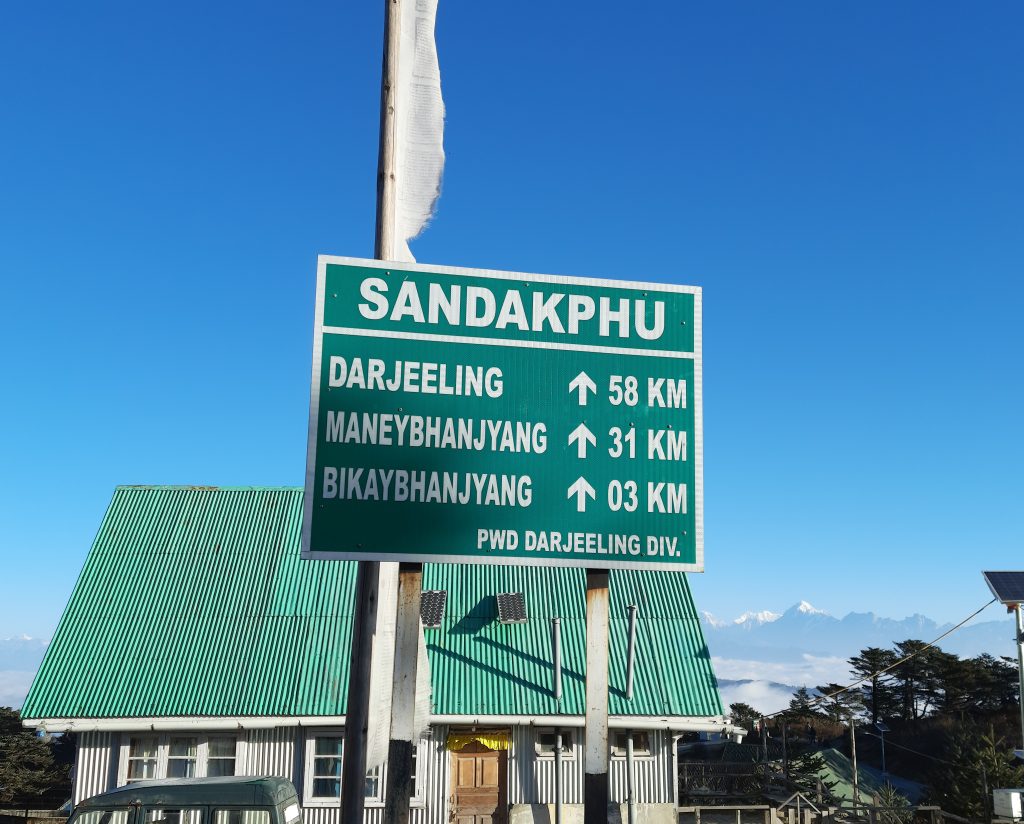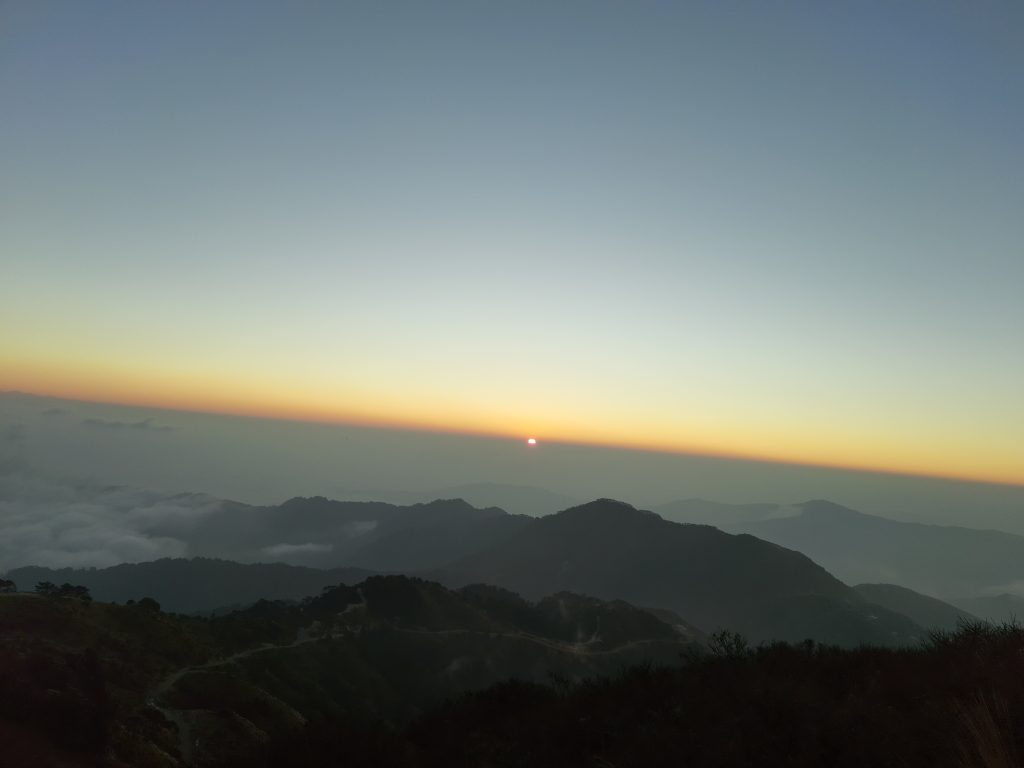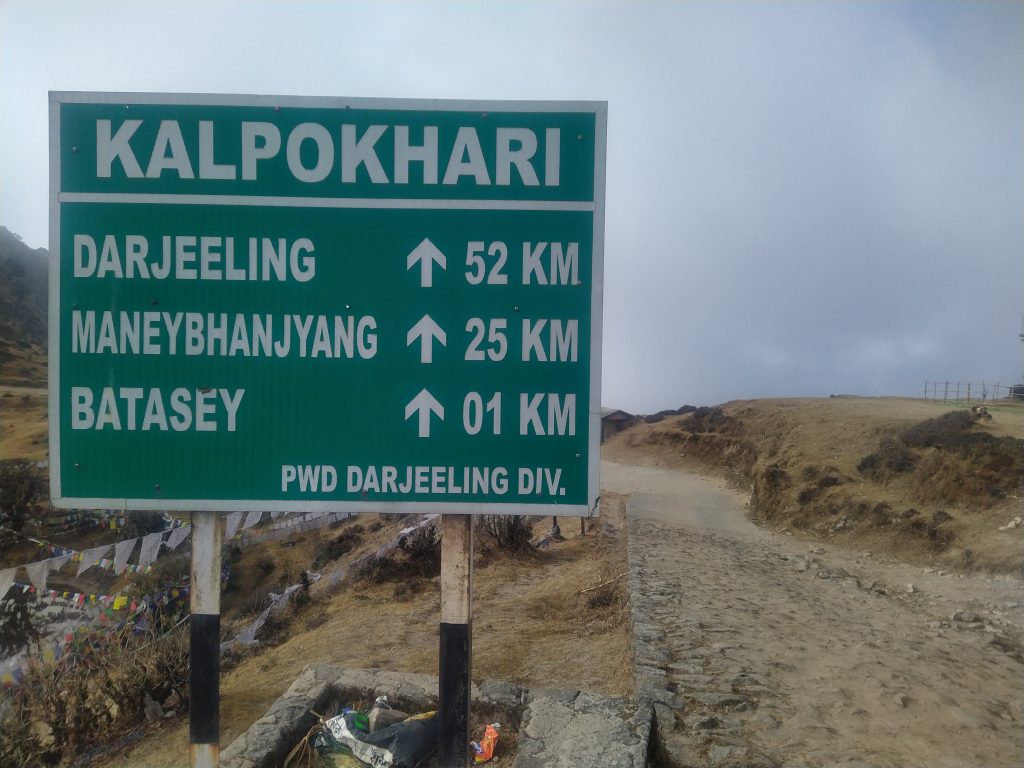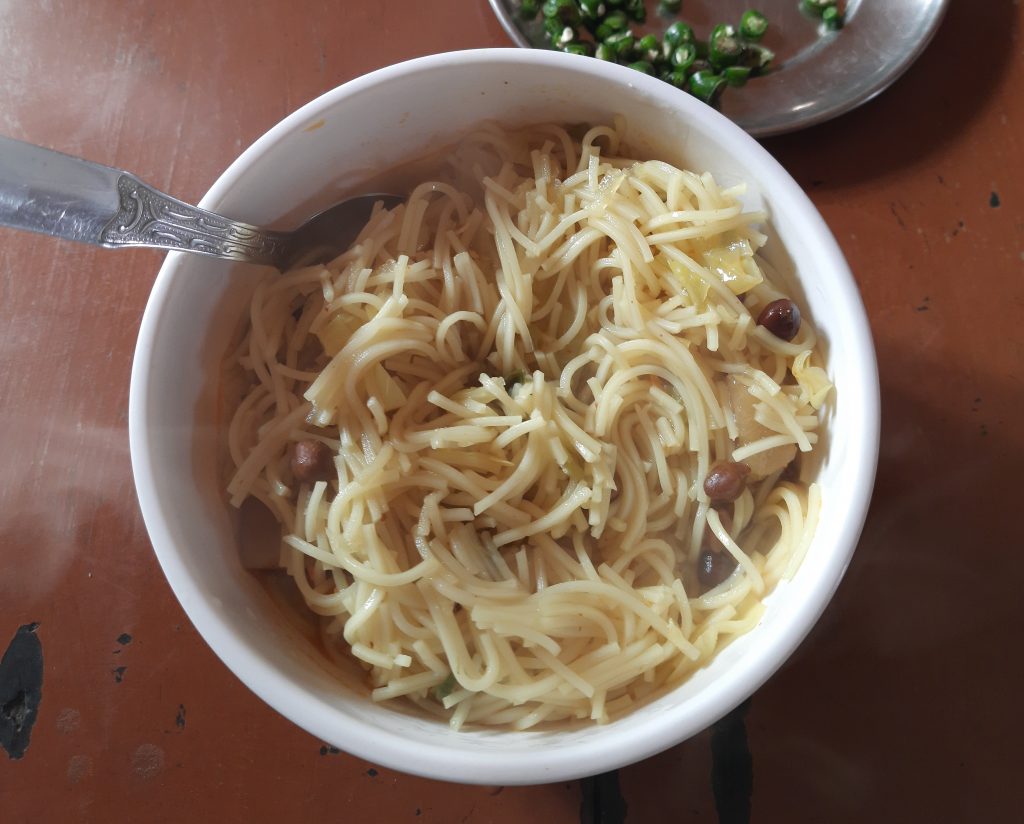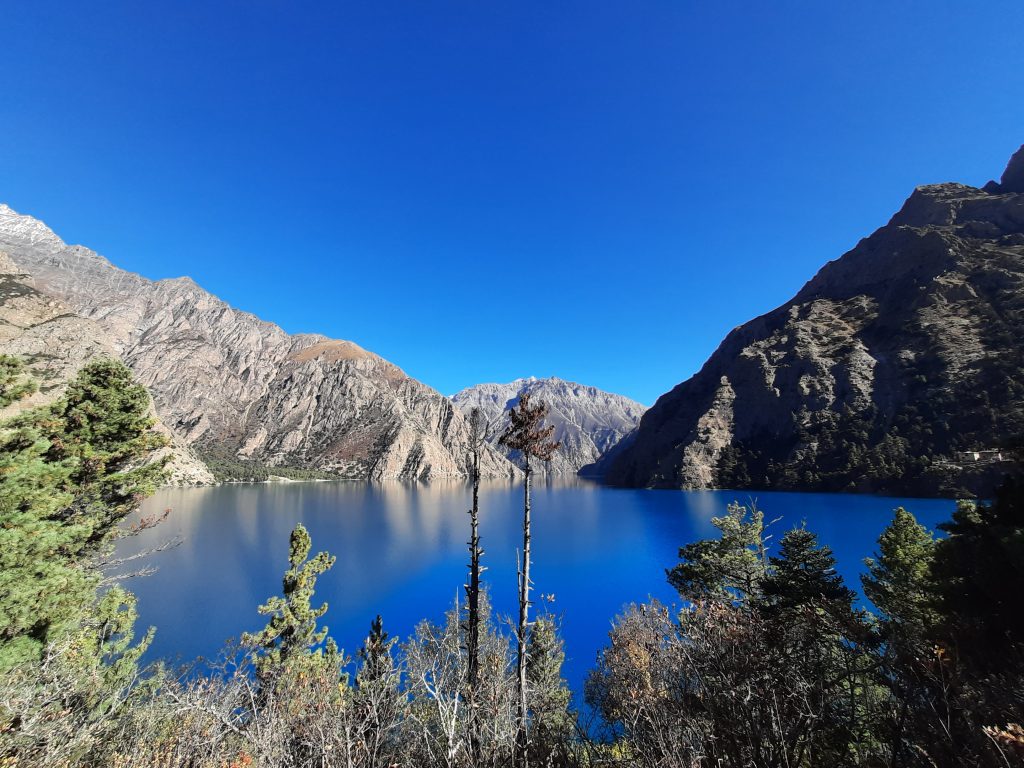
I made my 11-day trip to Shey Phoksundo Lake in October 2021. It was via roadways and the trip included 5 days of trekking. It was my second time visiting Karnali Pradesh. My last trip was to Rara Lake. And, though both the lakes lie in neighboring districts, there were a lot of differences.
If you do not have enough days off, you can take two flights, one from Kathmandu to Nepalgunj and the other from Nepalgunj to Juphal, Dolpa. It will lessen your days and make the trip less stressful. The trail is along the Bheri River at first and along the Phoksundo River later up to the lake. The lake is a dark blue-colored beauty that is so huge that it is impossible to circle it.

Information about Shey Phoksundo National Park:
- District: Dolpa
- Coordinates: 29º10’24″N 82º56’12″E
- Traditional Name: Yungdrung Lhatso
- Region: Shey Phoksundo National Park, 3,555 sq. km
- Elevation: 3611.5 m
- Lake: Glacially dammed, oligotrophic
- Maximum depth: 145m
- Covered area: 4.94 km2
- Maximum length: 5.15 km
- Area of National Park: 355,500 ha
- Cultural Myth of Lake’s Origin: Guru Rinpoche chased after a demoness in Dolpo. She asked the villagers for help to hide her traces but defrauded them. Thus, the people told Guru Rinpoche about her, whereafter she got angry and flooded the houses with the blue water.
- Specialty: a largest national park in Nepal, highest snow leopard density, best quality cordyceps in the world, Ramsar site Phoksundo Lake, famous Shey and Shamling Gumba, cultural dress rental option (Sherpa dress)

Natural Values:
- The exceptional variety of flora and fauna: blue sheep, musk deer, birds, endemic butterflies, snow leopard, and more.
- The institution of the National Park and the WWF protect the elusive and endangered population of snow leopards by implementing various projects.
- Birch, juniper, oak, cypress, cedar, pine, shrubs, flowers, and more.
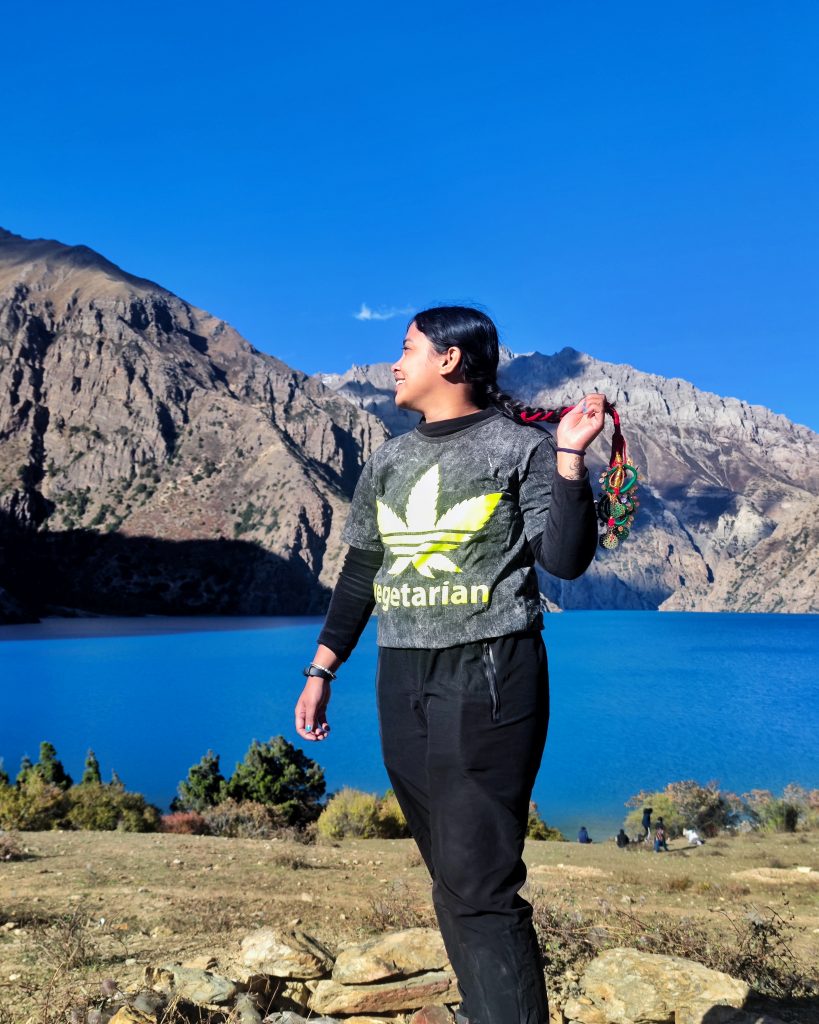
Itinerary:
Day 1: If you have your vehicle like a jeep or bike, starting at 6:00 pm, you can reach Surkhet by 8:00 am or 9:00 am. I recommend you make a night trip. Your first night will be in the vehicle.
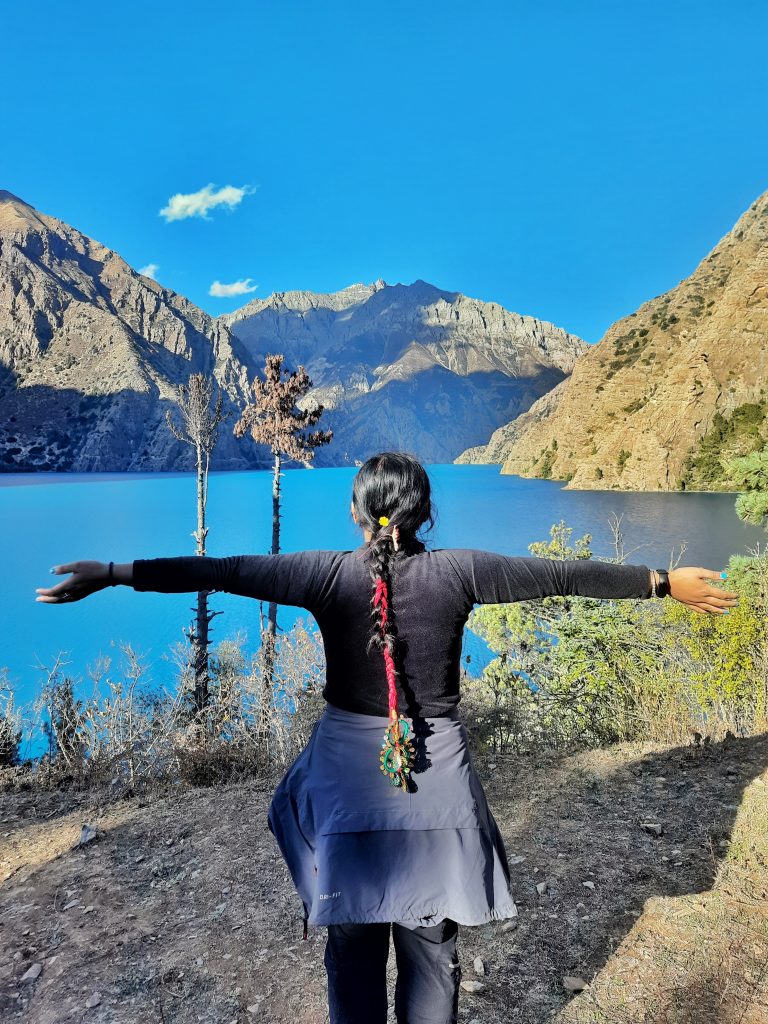
Day 2: Your first destination is Chhinchu, Surkhet. You will find several buses and jeeps that will take you to your second destination, which is Radi Bajar. If you take a public bus from Chhinchu at 11:00 am as we did, you will reach Radi Bajar, West Rukum by 9:00 or 10:00 pm. We stayed at Sishne Cafe and Restaurant at Radi Bajar. The hotel is a newly opened one and you will find the best service here with a very friendly management team.
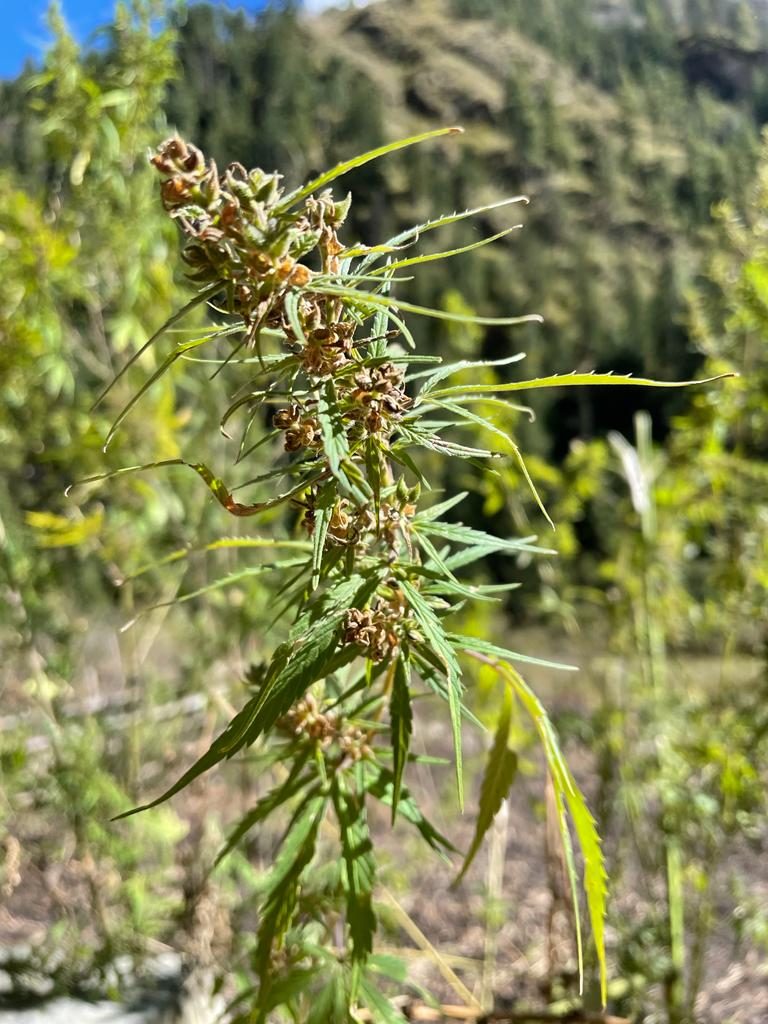
Day 3: Begin day 3 as early as possible. You will find a jeep that will take you to your next destination, which is Khadang. If the volume of the river is high, you will need to take two to three different jeeps to reach Khadang. We stayed at Sugam Hotel the third night at Khadang. The hotel was average, with enough beddings for 11 people (our team). The condition of was the toilet was bad. But well, the hospitality of the hotel owner was great and the food was tasty too.
Radi Bajar to Chaukha (NPR 500)
Chaukha to Tallubagar (NPR 150)
Tallubagar to Damachaur (Walking)
Damachaur to Karabgad (NPR 1000)
Karabgad to Khadang (Walking)
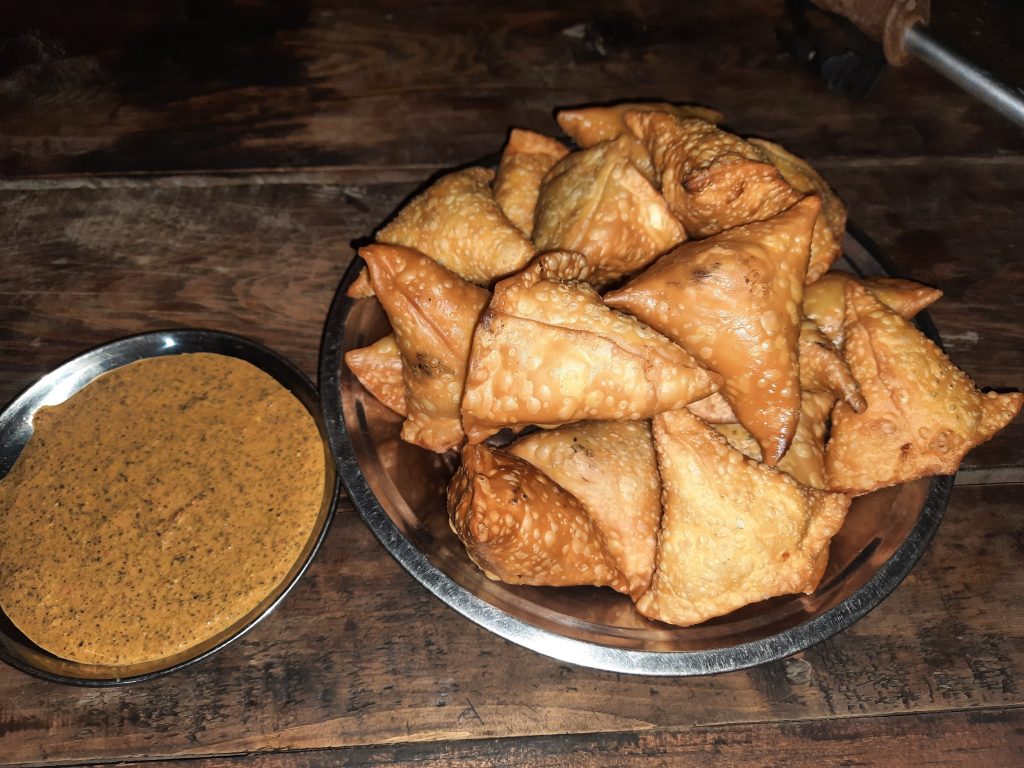
Day 4: It is recommended to start early on day 4 as well. We reserved a jeep at 8:30 in the morning from Khadang and reached Tripurasundari with NPR 500 per head. Before heading from Khadang, we had samosas for breakfast at Khadang which was NPR 25/per piece. We found a woman selling apples at NPR 10/per apple. It was delicious. From there, we reserved another jeep that took us to Suligad which is the actual starting point of the trek. From here, you do not get any transportation facilities besides horses or mules. You enter the Shey Phoksundo National Park after crossing a bridge. We had our lunch at Suligad. After trekking for a few hours, we reached Syagdey which became our destination for day 4. There’s only one hotel in Sydney, so if you do not have a pre-booking, you can stay at Suligad too.
Day 5: On day 5, we started our trek after having coffee and roti for breakfast and reached Chhepka for another cup of tea. From Chhepka, after trekking for a few hours, we reached Ryachi at around 1:00 pm where we had lunch. From Ryachi, after trekking for a few hours, we made it to Syajol. In Syajol, we stayed at Trekker’s Inn. The hospitality here was great too and the food was yummy as well.
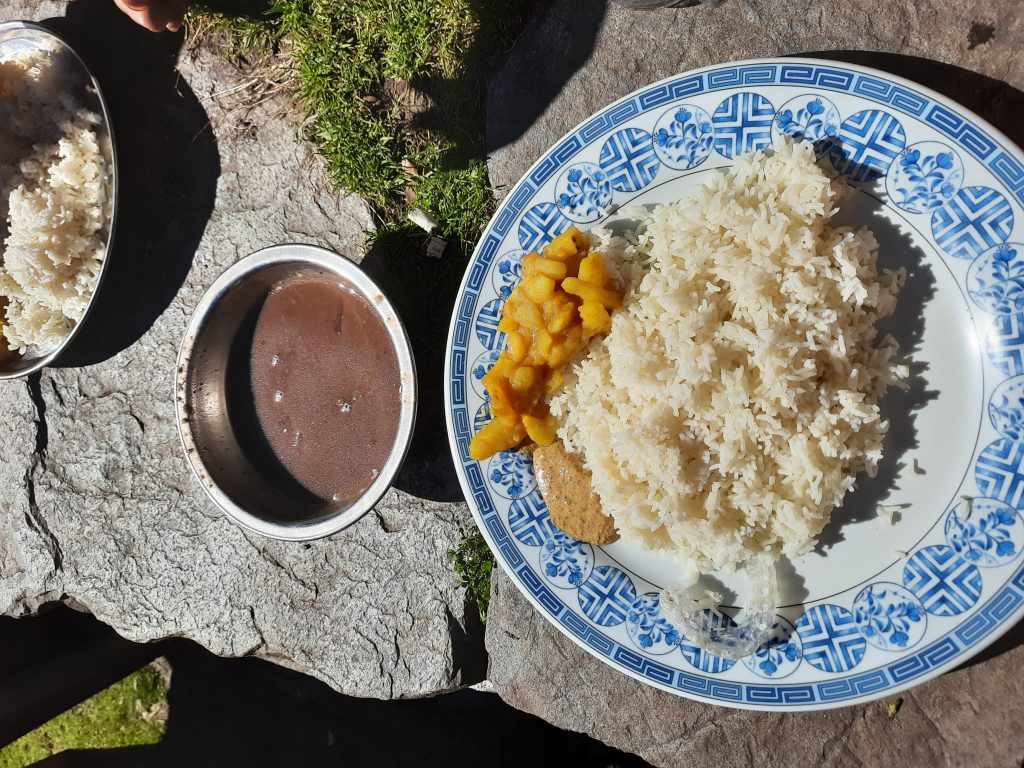
Day 6: On day 6, we started trekking early in the morning as usual. It was the most important day of our journey as we were about to reach Shey Phoksundo Lake after almost 3.5 hours of trek. The slope increases from this point and the trek becomes extreme after 1.5 hours. After reaching the lake, we stayed at Sherpa Hotel. The hospitality and service were great. Food was quite expensive because of the struggle to carry grains upon the place.

Selfie with Dolpali Grandmother
Day 7: You can hike to several places in and around the lake like Shey Gumba, different viewpoints, etc. We decided to leave the place after lunch and left at noon. On the seventh day, we made it to Ryachi where we had had our lunch on day 5. We stayed at Pahuna Hotel.
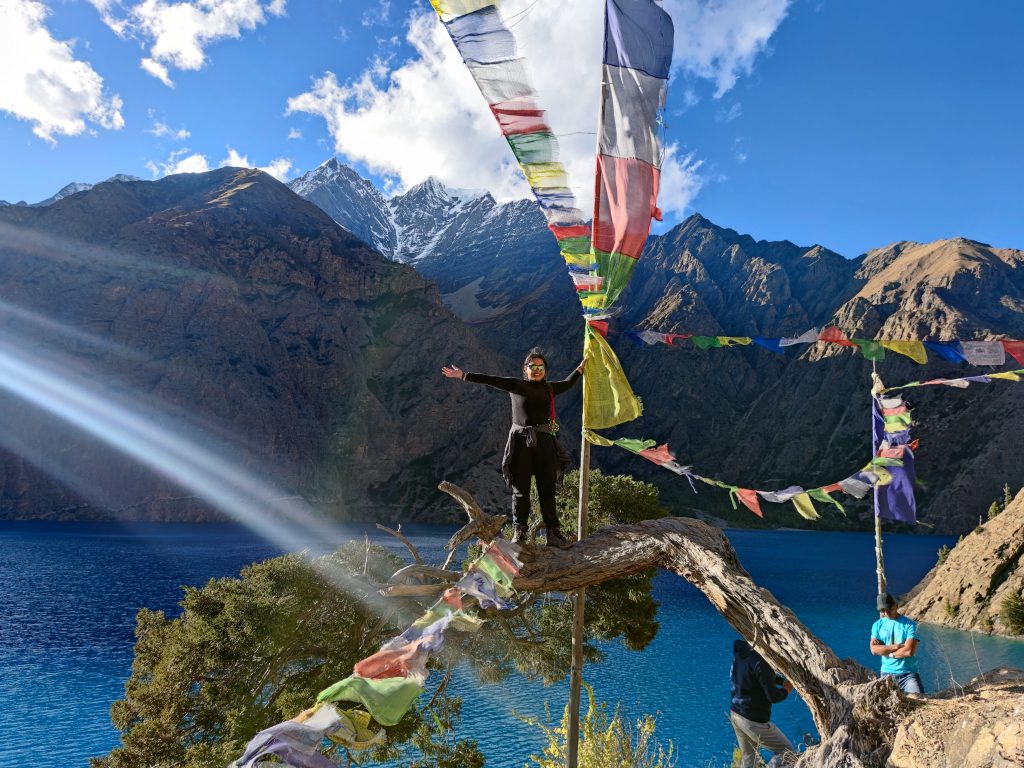
Day 8: On the 8th day of the trip, we reached Tripurakot. Due to an accident of one of the jeeps before us near Suligad, we were unable to move forward from Tripurakot. We stayed at Shey Phoksundo Hotel where the room and toilet were not very good but the food was tasty and the hospitality was great.

Entrance Gate of Phoksundo Lake
Day 9: On day 9, we made it to Radi Bajar at 10:00 pm. The time can vary depending upon how long you have to wait for the jeep and of course the speed of your trek. We stayed in the same hotel that we stayed on our second night.
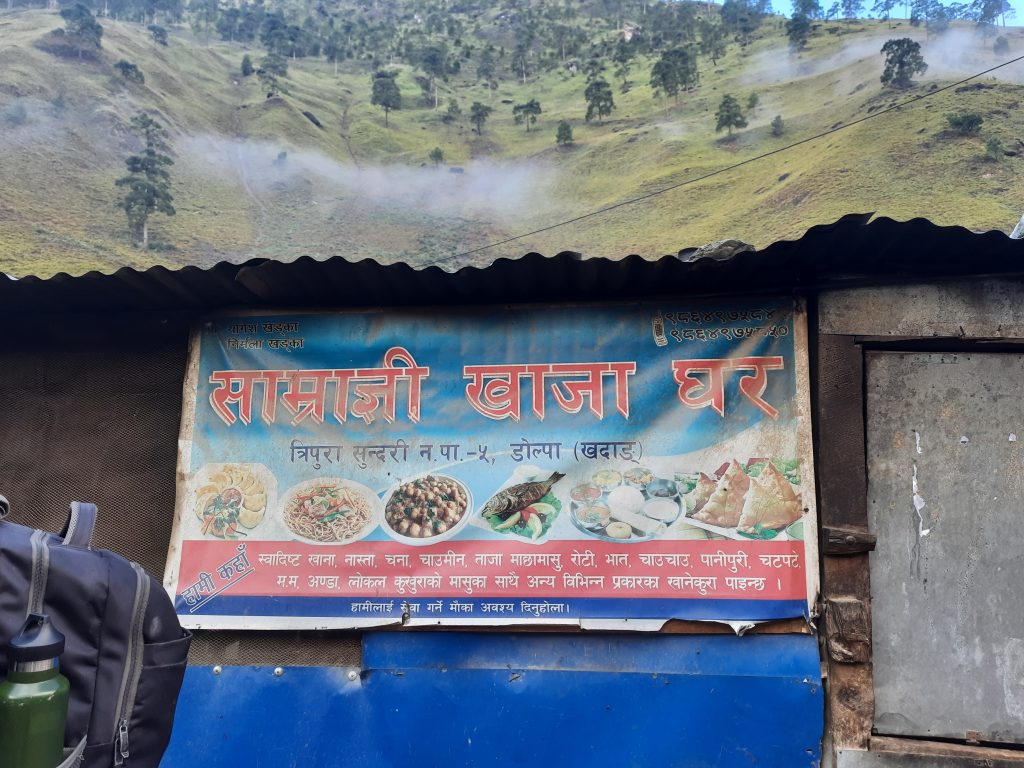
Day 10: On day 10, we reserved a jeep to Khalanga. There we had the amazing Thakali Lunch at Thakali Hotel. From there, we left for Kohalpur in another reserved minibus. We reached Kohalpur at around 4:30 pm. Finally, we took the last bus to our hometown and reached home on the 11th day! The trip ended on the 11th day.
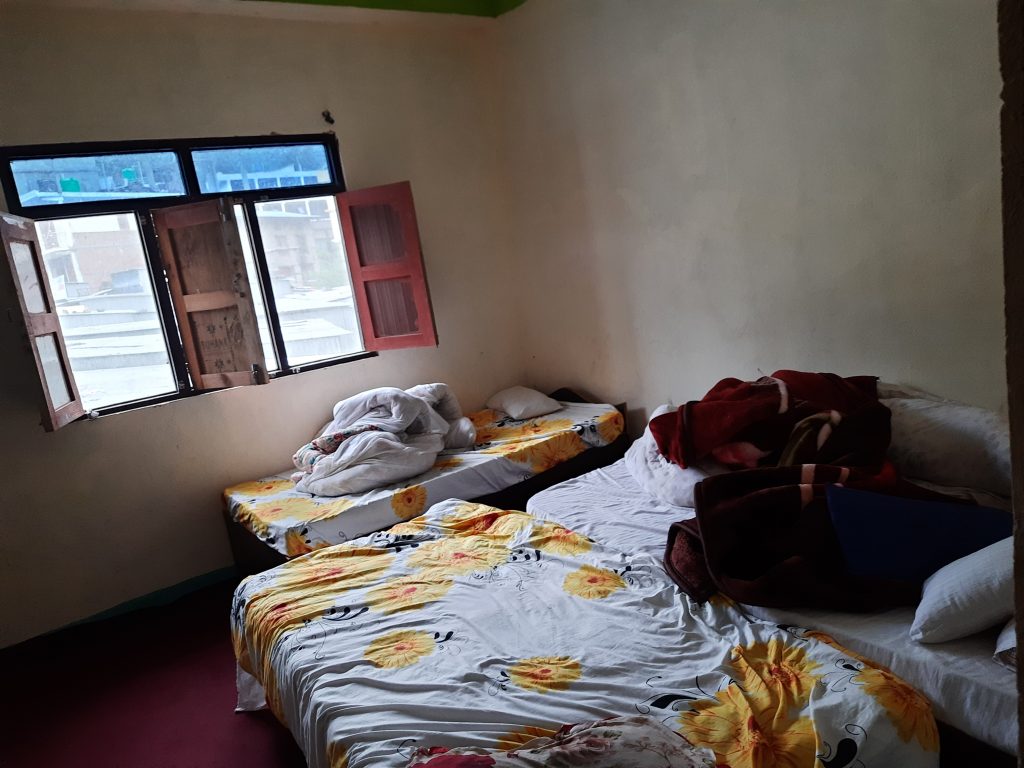
Budget Plan
For my 11 days trip to Shey Phoksundo, I had estimated a budget of NPR 30,000. With the amount, my trip was successful. As we had to reserve a jeep in several places, our transportation cost was high. I have listed below the tentative prices that might be useful for the trip:
1. Veg Lunch (Daal Bhaat): – NPR 270 to NPR 400 (the price increases with the increase in altitude of the place)
2. Extra Meat (Chicken/Mutton/Fish/Yak): – NPR 200 to NPR 400
3. Chhinchu, Surkhet to Radibajar Bus: – NPR 1500
4. Radi Bajar to Chaukha Jeep: – NPR 500
5. Chaukha to Tallubagar: – NPR 150
6. Damachaur to Karagbad Jeep: – NPR 1000
7. Khadang to Tripurasundari Jeep: – NPR 500
8. Room: – NPR 500 to NPR 1000 (for multiple people beddings available in a single room)
9. Apple: – NPR 10/pc

Jeep for transportation
Things to remember/consider:
- Do not carry unnecessary items like a tent, sleeping bag, bulky clothes, etc. if you are traveling between September and November because the weather is fine and there are enough tea shops and hotels on the trail.
- Prepare yourself for light rain, scorching sun, cold breeze, and a lot of bridges.
- Snacks are expensive in the height. For example, a small 250 ml bottle cost us NPR 380 at the lake. So, it is recommended to carry enough snacks and an energy bar for your trek, and do not plan to buy it there unless you are okay with paying a huge amount.
- Carry first-aid and medicines as you might not find any health facilities once you are on the hills and away from the headquarter.
- Carry a power bank for your gadgets as most places in the Dolpa region have no electricity supply (while some places have solar electricity supply). Wi-Fi is only available around the lake region throughout the trail and even SIM networks are not available at most places.
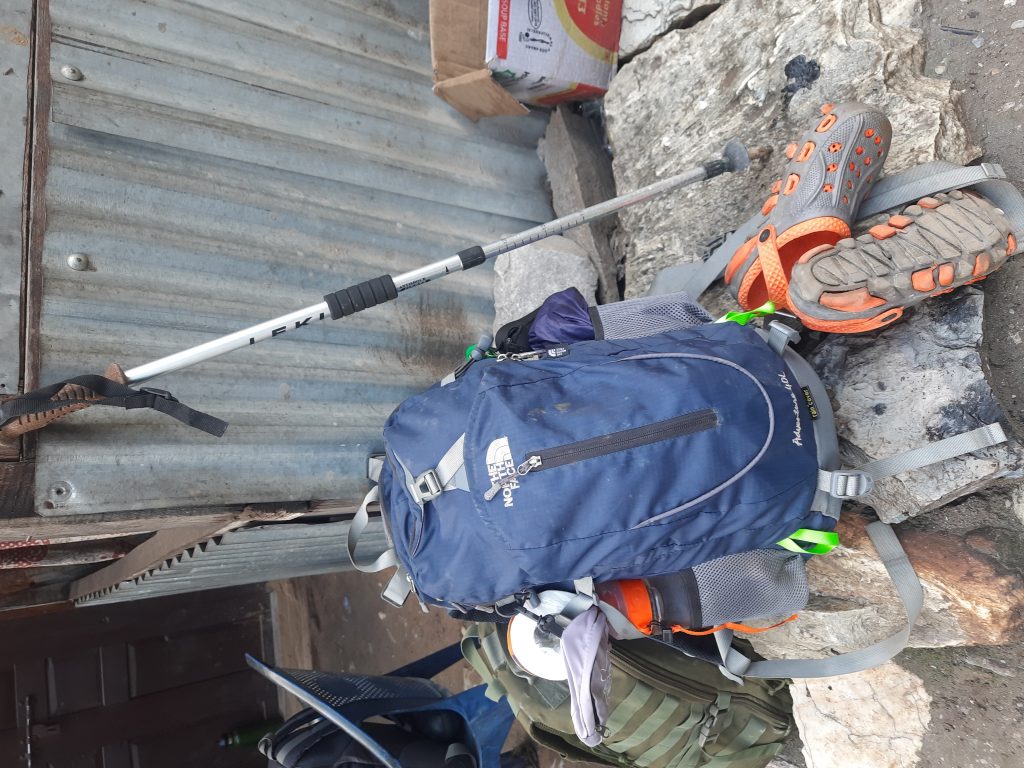
Exploration Points
Village and People:
Take a walk through the village, greet the inhabitants with a smiling “Namaste” or the Tibetan “Tashi Delek,” and get in contact with the people. Find out more about the traditional lifestyle, handicrafts, as well as local food and drinks. Find traces of the past and see the development happening, such as the new village monastery. Maybe you want to get involved by supporting the people’s culture in Tsho.
Chorten and Caves:
Tibetan: Chorten and Sanskrit: Stupa
The stone monuments were erected at the occasion of a person’s passing, mostly for monks and masters of meditation. Now, they are to remember the impermanence and perviousness of human life. The biggest chorten in the center of the village is called Kalsang Woebar and was erected by Trenton Namkha Gyaltsen who built it as one of a series of four in Dolpo. You can also find caves inside the rocks or ruins of old stone huts which served as retreat places. There, some men and women made impressing experiences of meditation. They lived an ascetic life focused on discovering the nature of the mind.
Pastures and Surroundings:
The pastures, forests, and fields offer beautiful places to relax, plants to discover, and animals to observe. Please do not disturb the animal’s habitat and do not walk on the fields when crops are unharvested.
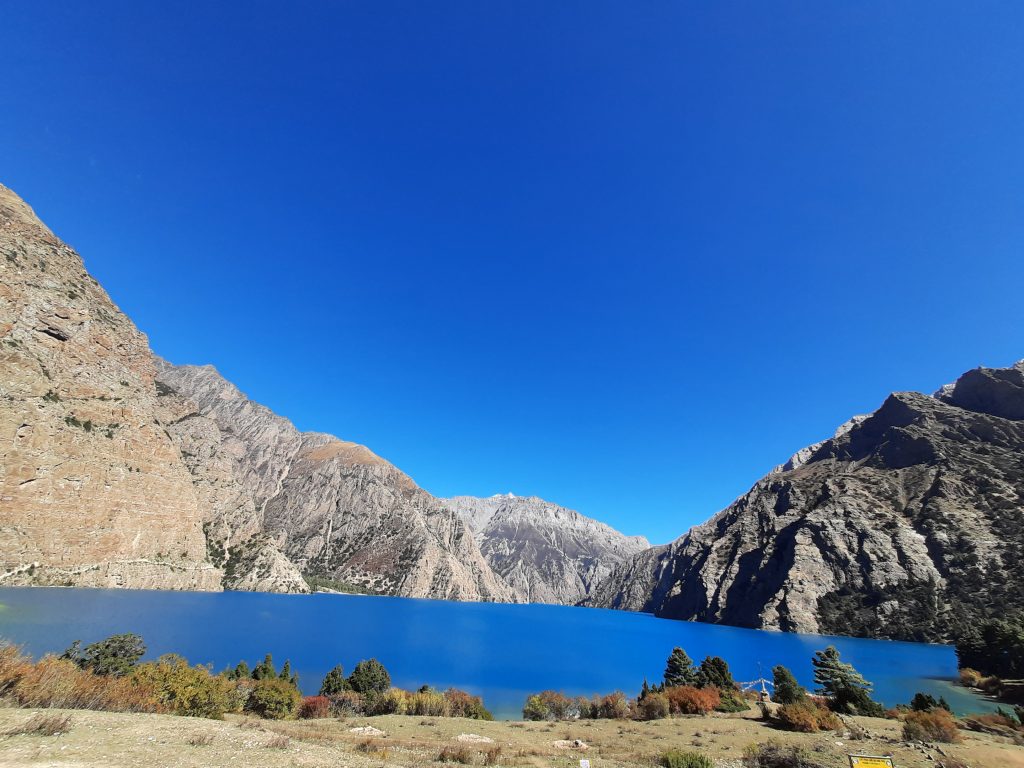
If you want to know more in detail about Karnali Pradesh, specially Rara Lake, there’s another blog on my website: www.blog.aleenarayamajhi.com.np
Aleena Rayamajhi
11/25/2021
